Transport Canada has unveiled significant updates to Canadian drone regulations that will change the landscape for drone operators across the country, according to AVSS Co-Founder and CEO, Josh Ogden, who shared details in a recent LinkedIn article. The new rules, which will be fully implemented by November 4, 2025, introduce pathways for Beyond Visual Line of Sight (BVLOS) operations, medium-sized drones weighing up to 150kg (331 Lbs), and several other key changes.
Staged Implementation Timeline
The new regulations won’t all take effect at once. While initial implementation begins around April 1, 2025 (including the Level 1 Complex exam becoming available), the full regulatory framework will be implemented by November 4, 2025. This phased approach gives industry stakeholders time to adjust to the changes.
Three Core Objectives
Transport Canada‘s regulatory changes aim to achieve three primary goals: providing regulatory predictability to support economic growth and innovation, ensuring appropriate safety risk mitigation, and modernizing the fee structure for drone operations. These objectives balance industry advancement with public safety concerns.
BVLOS Operations Finally Coming to Canada
One of the most anticipated changes is the introduction of routine BVLOS operations without requiring Special Flight Operations Certificates (SFOCs). Transport Canada has already approved 335 SFOCs for lower-risk BVLOS operations, which helped inform the development of these new rules.
To fly BVLOS under the new framework, pilots will need to meet requirements in three categories: the Pilot (training and certification), the Product (aircraft and supporting systems), and the Procedures (operational rules). Organizations will need to appoint an accountable executive, establish training programs, identify maintenance personnel, implement standard operating procedures (SOPs), and establish risk management processes.
Lower-risk BVLOS operations will require a new pilot certification called Level 1 Complex Operations, obtained through mandatory RPAS training, an online multiple-choice test (available April 1st), and an in-person flight Review.
BVLOS operations will be limited to uncontrolled airspace over unpopulated or sparsely populated areas (fewer than 25 people per square kilometer). Pilots can determine eligible areas using Statistics Canada population maps, the National Research Council Canada Drone Site Selection Tool, or by conducting site surveys.

Medium-Sized Drones (25kg to 150kg)
The regulations establish two new drone categories: medium drones weighing between 25kg and 150kg for VLOS operations near and over people in both controlled and uncontrolled airspace, and drones weighing between 250g and 150kg for BVLOS operations in unpopulated and sparsely populated areas below 120 meters in uncontrolled airspace.
For medium-sized drones, existing Part IX requirements will continue to apply, such as keeping operations in uncontrolled airspace below 120 meters (400ft) and obtaining authorization from air traffic services for controlled airspace operations. New requirements include increased minimum distances from uninvolved people and additional flight planning considerations for weather and visibility.
New Advanced Pilot Privileges
Existing Advanced Pilot Certificate holders (over 16,000 as of March 2025) will gain new privileges without requiring additional certification. These include VLOS operations with medium-sized drones, Extended VLOS operations (EVLOS) using visual observers, and “sheltered operations” which allow flying drones around buildings or structures without visual observers. Additionally, Visual Observers will now only need a Basic Certificate rather than an Advanced Certificate.
Pre-Validated Declarations Process
A new two-step Pre-Validated Declaration (PVD) process will replace the current self-declaration system for manufacturers. In the first step, manufacturers submit a plan showing how their drone will meet Standard 922 requirements, which Transport Canada will review. After receiving approval, manufacturers execute the plan and declare that their system meets the requirements.
This more rigorous process aims to address issues with the current system, where Transport Canada has invalidated 26 declarations and seen 3 voluntarily withdrawn.
Once approved, manufacturers with PVDs must submit annual reports on flight hours, safety issues, and design changes that might affect compliance. They must also establish service difficulty reporting systems to track malfunctions or defects that could affect safety.
Microdrones and Advertised Events
In a change affecting smaller drone operators, microdrones (under 250g) will now require an SFOC to fly at advertised events, defined as “an outdoor event that is advertised to the general public, including a concert, festival, market or sporting event.” Transport Canada made this change in response to stakeholder concerns about safety risks from these smaller drones at crowded public events.
Updated Fee Structure
The new regulations update the fee structure for drone operations. Registration fees for remotely piloted aircraft will increase from $5 to $10, while pilot examination fees will range from $10 for the small basic exam to $125 for the complex Level 1 exam. SFOC applications will cost $75 for low-complexity operations and $475 for high-complexity operations.
Administrative Penalties
Transport Canada has significantly increased penalties for violations. Fines for inadvertent entry into restricted or controlled airspace, operations at special aviation or advertised events without permission, and unauthorized operations near aerodromes have all increased from $1,000 to $3,000 for individuals and from $5,000 to $15,000 for corporations.
Industry Impact
These regulatory changes position Canada’s Drone Industry for continued growth while maintaining safety standards. The new framework will particularly benefit rural operations initially, giving Transport Canada more time to develop regulations for urban drone operations.
These comprehensive regulatory updates demonstrate Canada’s commitment to advancing its drone industry while maintaining appropriate safety protocols. By creating clearer pathways for BVLOS operations and increasing the weight limits for compliant drones to 150kg, Transport Canada has addressed long-standing industry requests while implementing a more structured approach to certification and compliance. The phased implementation provides operators reasonable time to adapt, though manufacturers will face more rigorous validation requirements.
Be sure to read Josh Ogden’s original piece on LinkedIn, which provides a lot more detail about these new and upcoming drone rules in Canada.
Discover more from DroneXL.co
Subscribe to get the latest posts sent to your email.









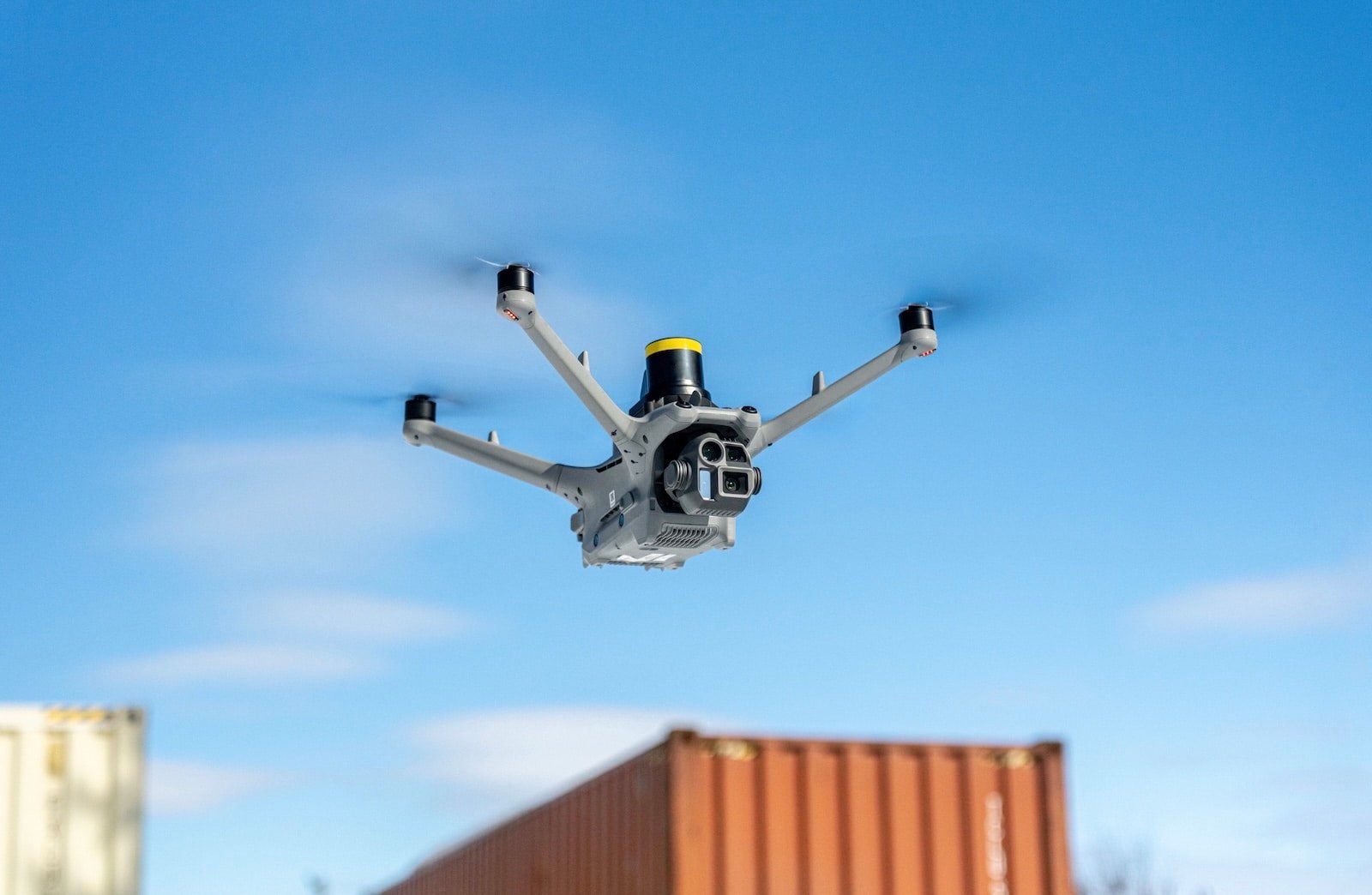


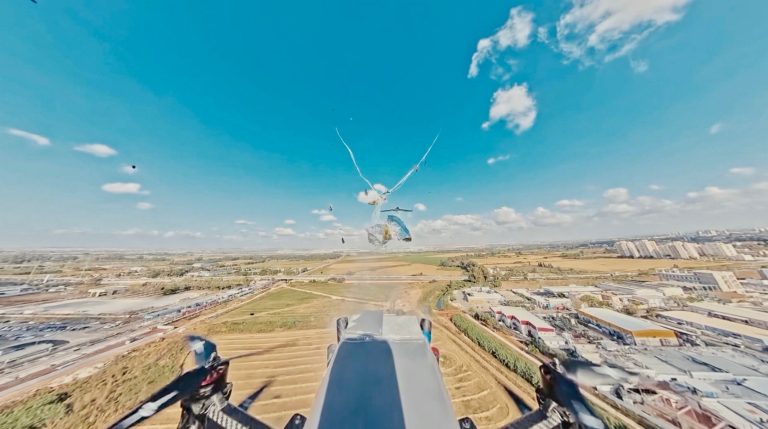


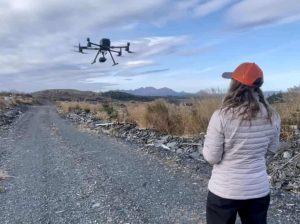
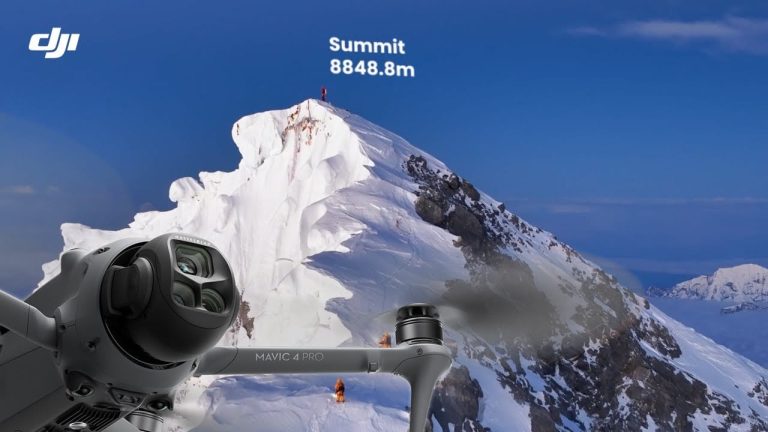
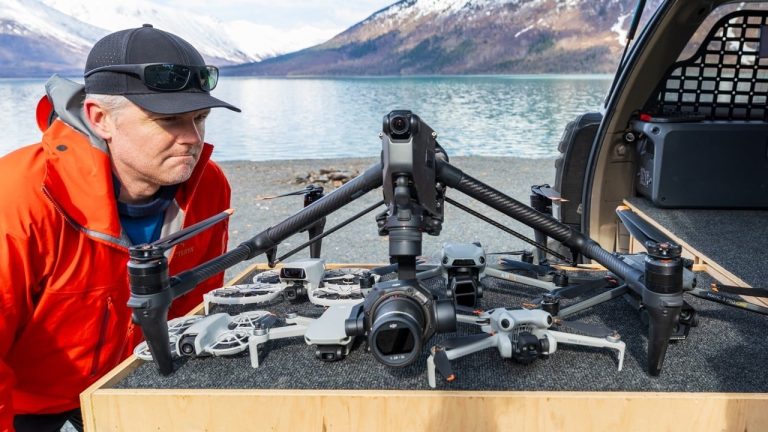
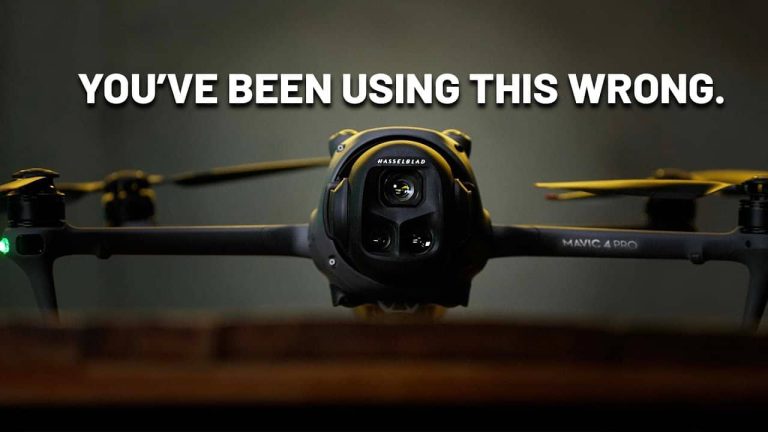
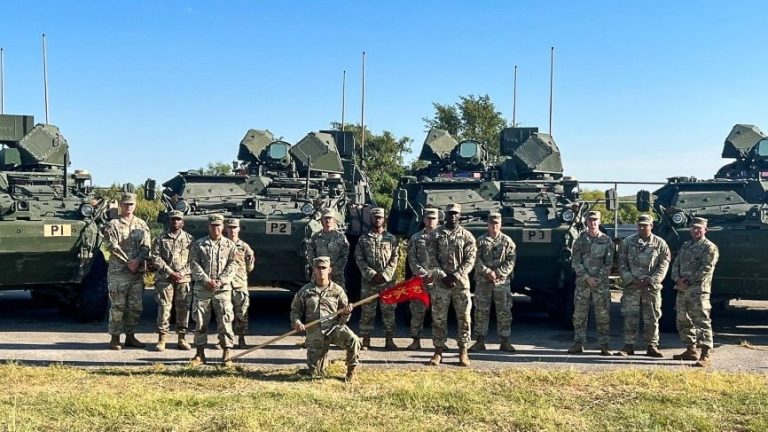

+ There are no comments
Add yours